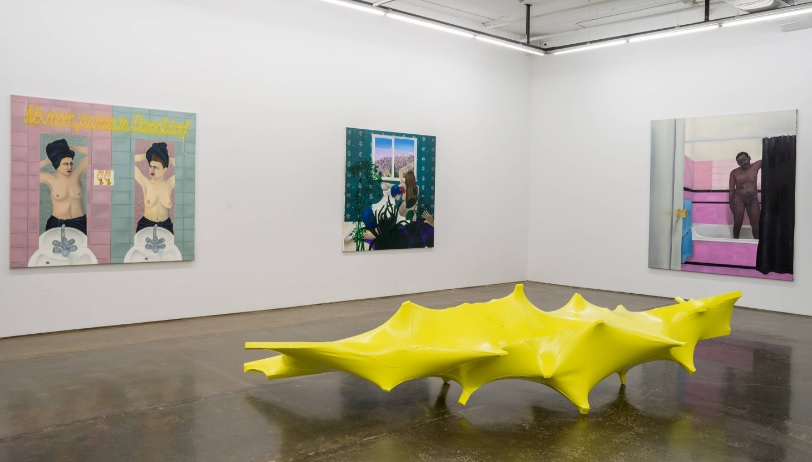Cassina Projects
Figure of Speech On View November 10, 2016 - January 14, 2017
[email protected]
www.thenewyorkoptimist.com www.thenewyorkoptimist.net All Rights Reserved Copyright © 2022
www.thenewyorkoptimist.com www.thenewyorkoptimist.net All Rights Reserved Copyright © 2022







